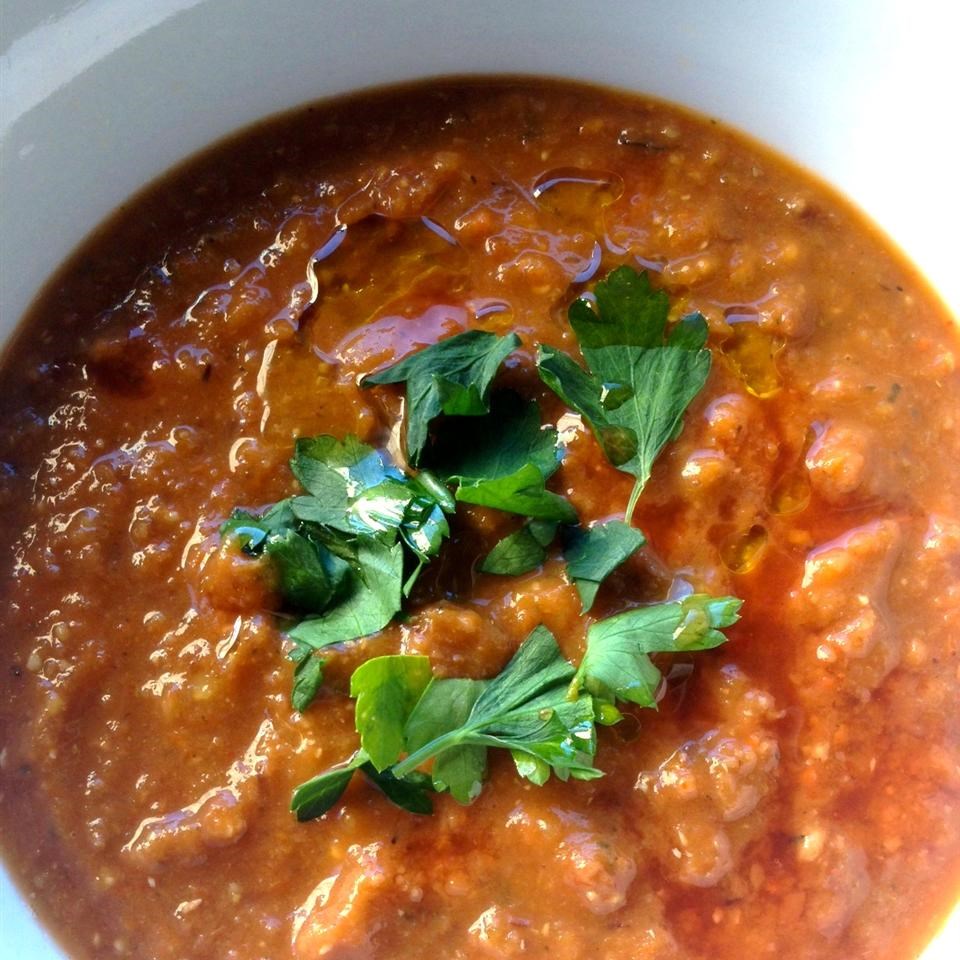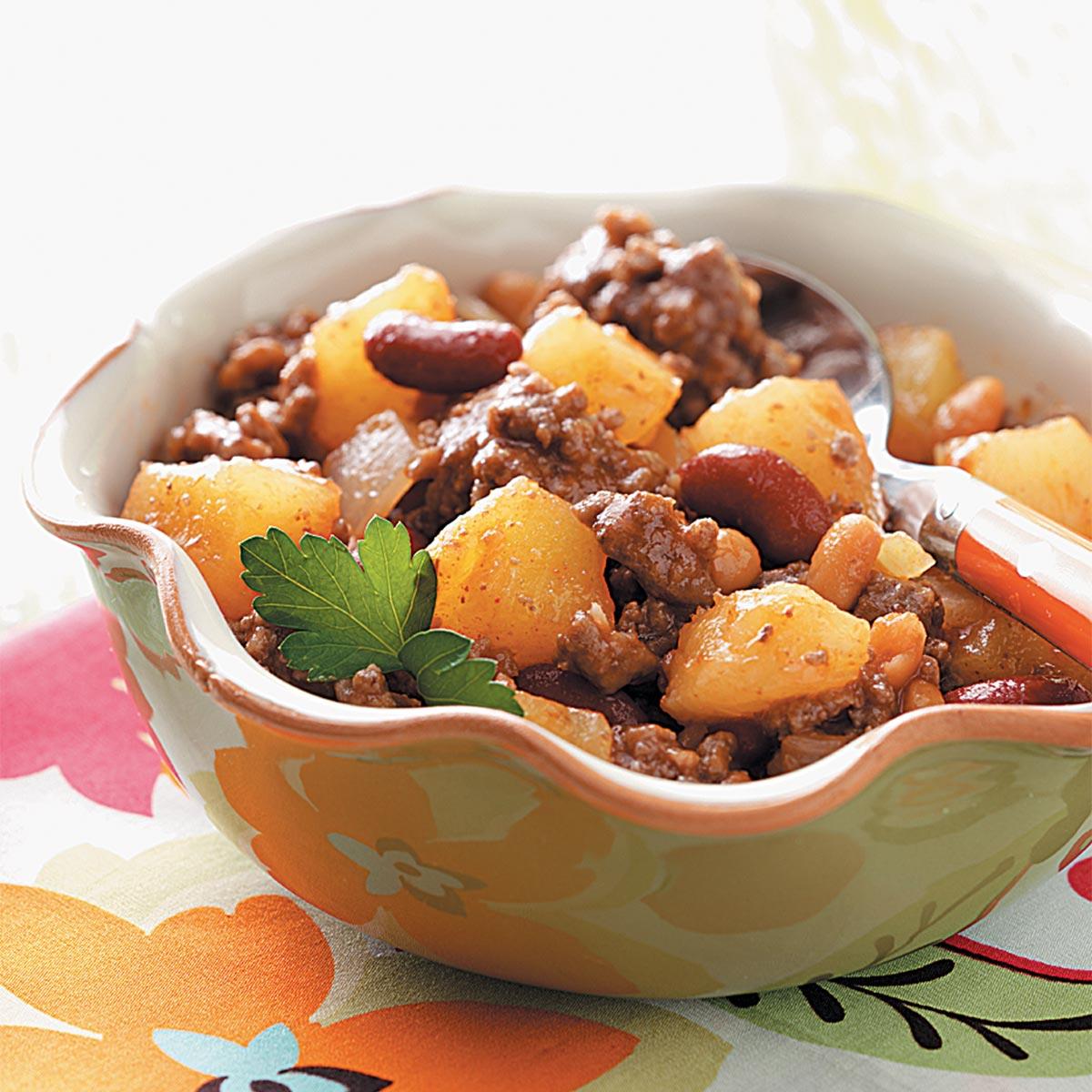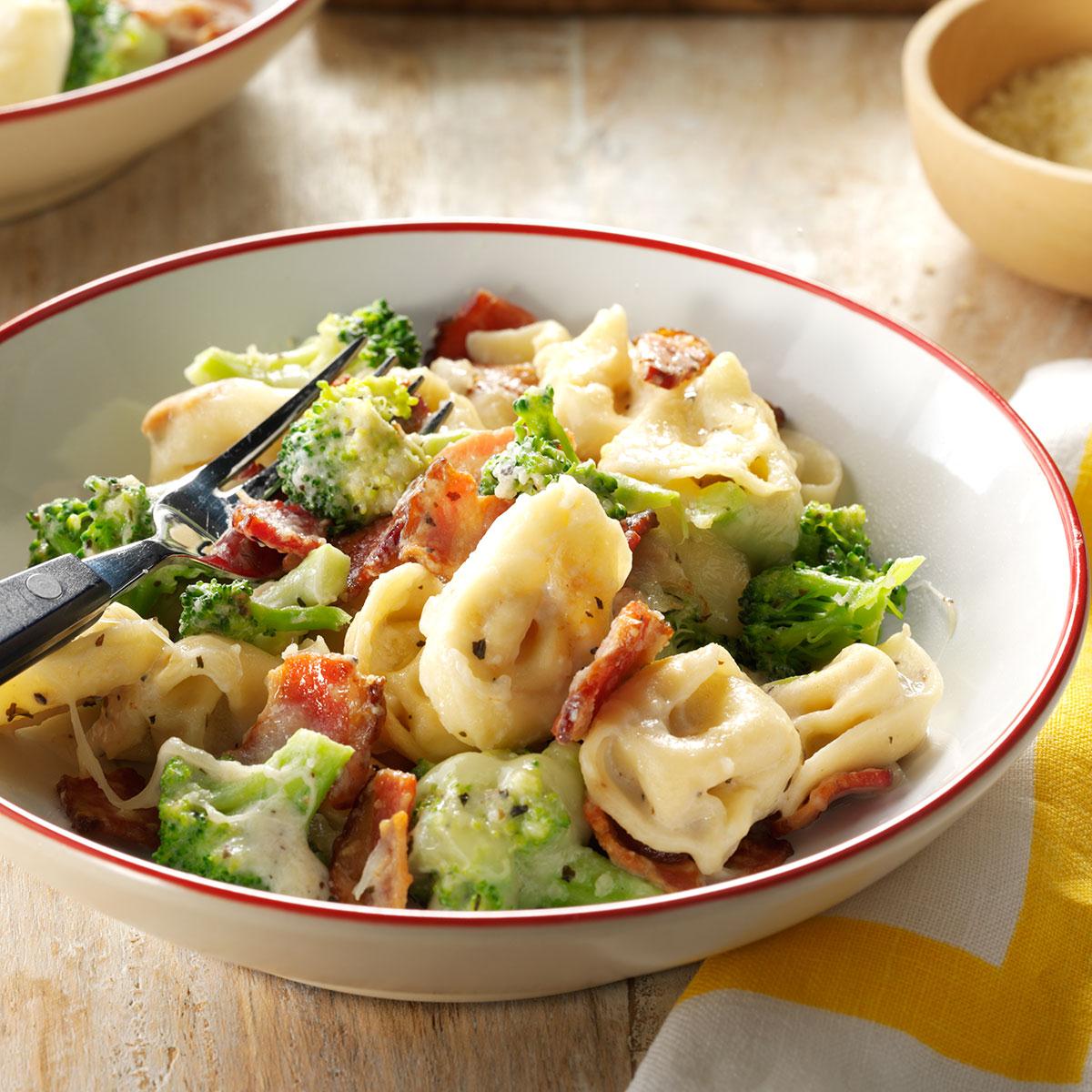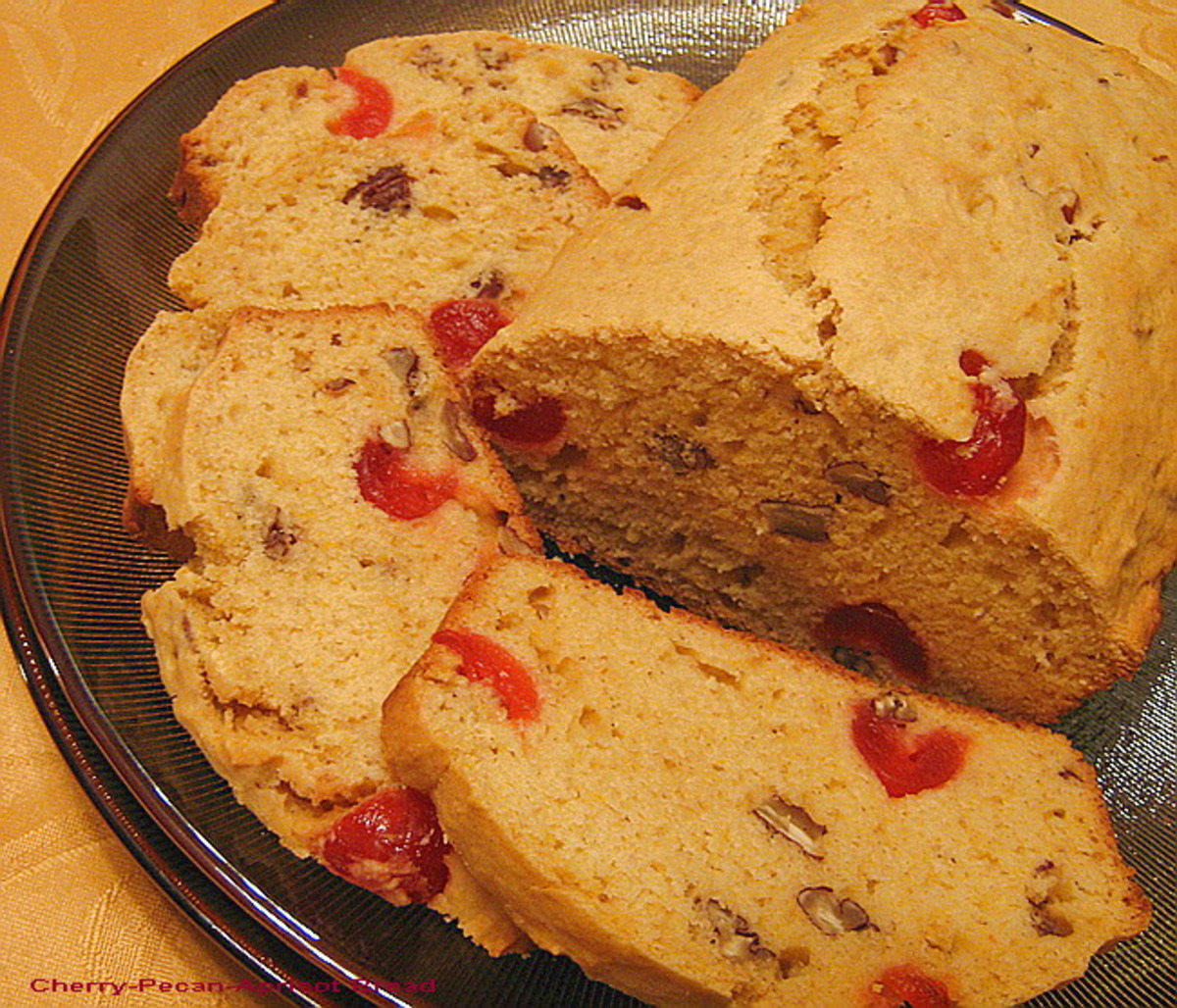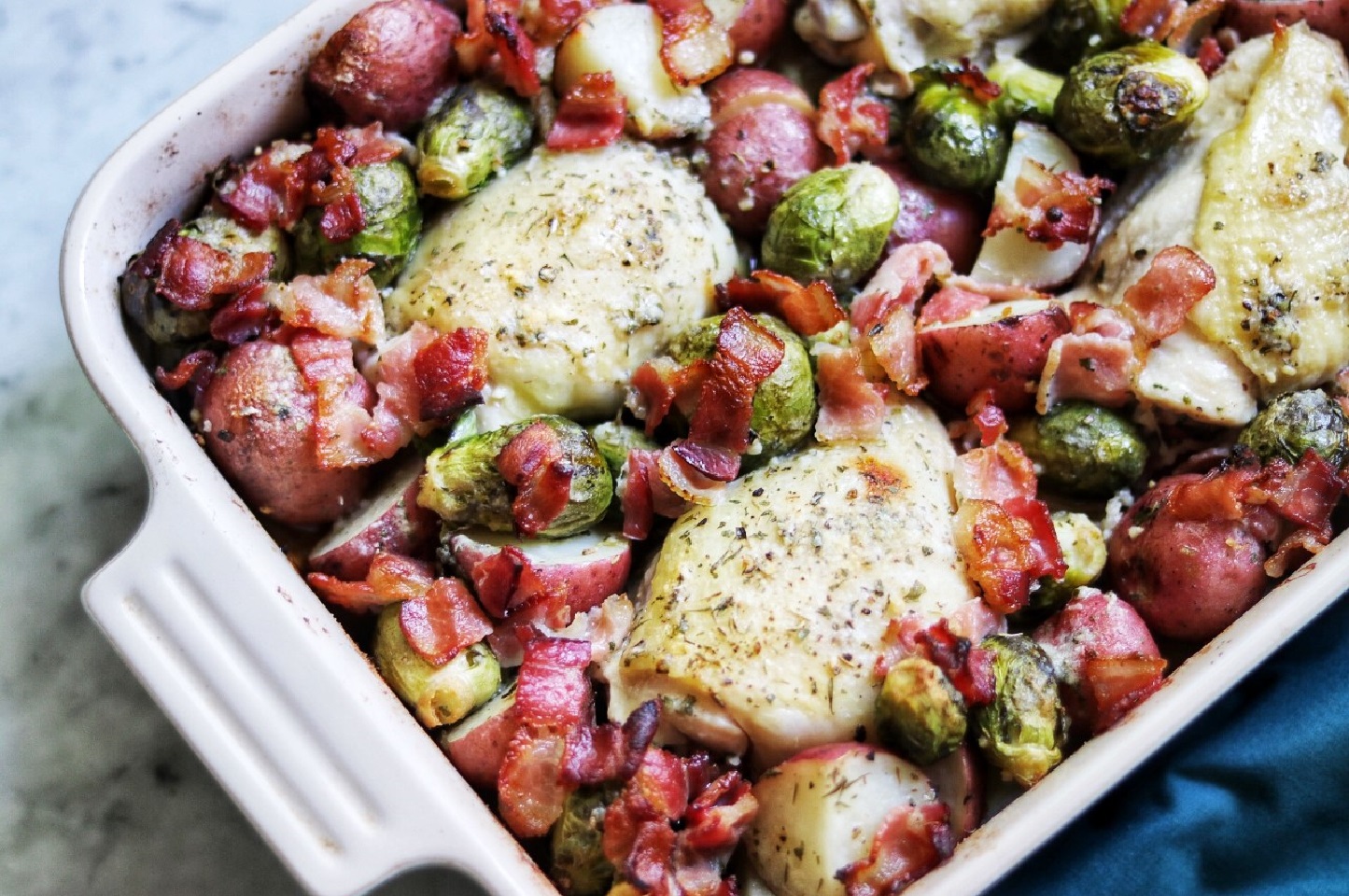In the tapestry of global cuisine, Ethiopian flatbread, commonly known as injera, holds a prominent place. This distinctive bread, crafted from teff flour, an ancient grain native to the Ethiopian highlands, boasts a unique sourdough fermentation process that yields a slightly sour flavor and porous texture. Injera serves as the foundation of many traditional Ethiopian dishes, acting as both a plate and an edible utensil. Its spongy texture perfectly complements stews, lentils, and various spicy sauces. This article presents a comprehensive guide to injera, offering two distinct recipes: one for traditional injera and another for a simplified version using all-purpose flour. Both recipes provide step-by-step instructions, ensuring successful preparation of this culinary masterpiece. Additionally, the article delves into the history, significance, and cultural aspects of injera, inviting readers to explore the rich culinary heritage of Ethiopia.
Let's cook with our recipes!
AUTHENTIC INJERA (AKA ETHIOPIAN FLAT BREAD)

I love eating Ethiopian food, and along with the lovely spicy flavors, injera is a principal reason for that. Try this authentic recipe for injera, which requires planning ahead a few days. The batter, which solely consists of ground teff and water, must ferment prior to cooking. I found the recipe upon which this is based at http://www.angelfire.com/ak/sellassie/food/injera.html, a good source for other information on how to serve the finished product. Preparation time is the fermentation time. As a result of a user query (thanks Jennifer!), this recipe was edited on 9/5/04 to improve teff-to-water ratio and to submit additional instructions.
Provided by Heather U.
Categories Breads
Time P3DT10m
Yield 10 serving(s)
Number Of Ingredients 4
Steps:
- Mix ground teff with the water and let stand in a bowl covered with a dish towel at room temperature until it bubbles and has turned sour; This may take as long as 3 days, although I had success with an overnight fermentation; The fermenting mixture should be the consistency of a very thin pancake batter.
- Stir in the salt, a little at a time, until you can barely detect its taste.
- Lightly oil an 8 or 9 inch skillet (or a larger one if you like); Heat over medium heat.
- Pour in enough batter to cover the bottom of the skillet; About 1/4 cup will make a thin pancake covering the surface of an 8 inch skillet if you spread the batter around immediately by turning and rotating the skillet in the air; This is the classic French method for very thin crepes; Injera is not supposed to be paper thin so you should use a bit more batter than you would for crepes, but less than you would for a flapjack pancakes.
- Cook briefly, until holes form in the injera and the edges lift from the pan; Do not let it brown, and don't flip it over as it is only supposed to be cooked on one side.
- Remove and let cool. Place plastic wrap or foil between successive pieces so they don't stick together.
- To serve, lay one injera on a plate and ladle your chosen dishes on top (e.g., a lovely doro wat or alicha). Serve additional injera on the side. Guests can be instructed to eat their meal without utensils, instead using the injera to scoop up their food.
ETHIOPIAN FLAT BREAD (INJERA)
Not an authentic recipe as it misses out the Teff flour. I made this version as I cannot find Teff anywhere!
Provided by PinkCherryBlossom
Categories Yeast Breads
Time 1h40m
Yield 15-20 serving(s)
Number Of Ingredients 5
Steps:
- Mix everything together to form a batter.
- Let set in large bowl, covered, an hour or longer, until batter rises and becomes stretchy.
- It can sit as long as 3-6 hours.
- When ready, stir batter if liquid has settled on bottom.
- Then whip in blender, 2 cups of batter at a time, thinning it with 1/2 - 3/4 cup water.
- Batter will be quite thin.
- Cook in non-stick frypan WITHOUT OIL (is that a great instruction or what?) over medium or medium-high heat.
- Use 1/2 cup batter per injera for a 12-inch pan or 1/3 cup batter for a 10-inch pan.
- Pour batter in heated pan and quickly swirl pan to spread batter as thin as possible.
- Batter should be no thicker than 1/8-inch.
- Do not turn over.
- Injera does not easily stick or burn.
- It is cooked through when bubbles appear all over the top.
- Lay each injera on a clean towel for a minute or two, then stack in covered dish to keep warm.
- Finished injera will be thicker than a crepe, but thinner than a pancake.
INJERA (AFRICAN [ ETHIOPIAN] FLAT BREAD)
![Injera (African [ Ethiopian] Flat Bread) image](https://www.tfrecipes.com/img/not-available.jpg)
This is a simplified version of Injera. There are many sites where you can find the more traditional way of making it but this is quite close in taste and texture and 300 times easier. Injera is used the same way some cultures use Tortillas, as a scoop and/or wrap for food. Try this with any sort of saucy dish... it's great and oh so simple.
Provided by JanetB-KY
Categories Breads
Time 17m
Yield 1 batch, 6 serving(s)
Number Of Ingredients 2
Steps:
- Mix the flour with the water; you want to have a somewhat liquid consistency.
- Heat a large non-stick frying pan. The secret of making injera is that the pan be very hot.
- Pour a thin layer (think crepe thinness) of mixture on the pan; cook until the bottom is light brown and the top becomes sponge like.
- You CAN turn it and cook the other side to crispness and brownness but traditionally the top side is supposed to be spongy -- let the bottom cook but don't turn it.
INJERA (ETHIOPIAN FLAT BREAD)

This recipe comes from Classic International Recipes. This dish is popular in Ethiopia, and is used to scoop up stews, or "wat". The recipe information states that it is similar in taste to buttermilk pancakes, but thin, like crepes. Traditionally, injera is formed into a large circle. I posted this to serve with my Recipe #455567 Doro Wat.
Provided by breezermom
Categories Breads
Time 45m
Yield 24 Injera
Number Of Ingredients 9
Steps:
- Stir together the whole wheat flour, all-purpose flour, brown sugar, salt, baking powder and baking soda.
- Combine the eggs, buttermilk, and the 1 tbsp cooking oil; add all at once to the flour mixture, stirring until smooth.
- Pour 2 tbsp of the batter into a hot, lightly greased 6 inch heavy skillet over medium heat; lift and quickly rotate the pan so that the batter covers the bottom of the skillet. Return the skillet to medium heat. Cook about 1 minute or till light brown on the bottom.
- Invert the bread onto paper toweling. (If necessary, loosen the bread with a small spatula.).
- Repeat with the remaining batter. Roll up jelly-roll style and serve warm.
ETHIOPIAN FLAT BREAD (INJERA)

This is an American adaption for Ethiopian Flat bread from "Extending the Table". I found this easy to make though it took a little time. Well worth it for the fun of an African finger-food meal... and tasty too! For more authentic Injera, add 1/2 c. teff flour and reduce whole wheat flour to 1/4 c. (NOTE: Use multiple frying pans to quicken the cooking task)
Provided by luvinlif2k
Categories Yeast Breads
Time 1h50m
Yield 20 12inch Injera
Number Of Ingredients 5
Steps:
- Mix all ingredients in a large bowl.
- Cover and let set an hour or longer until batter rises and becomes stretchy.
- The batter can sit for as long as 3-6 hours if you need it to.
- When you are ready, stir batter if liquid has settled on the bottom.
- In blender, whip 2 c.
- of batter at a time, thinning it with 1/2-3/4 c.
- water.
- Batter will be quite thin.
- Heat a 10-inch or 12-inch non-stick frying pan over medium to medium-high heat.
- Pour batter into heated pan (1/2 c. if using a 12-inch pan; 1/3 c. if using a 10-inch pan) and quickly swirl pan to spread batter as thin as possible.
- Batter should be no thicker than 1/8 inch.
- Do NOT turn.
- Injera is cooked through when bubbles appear all over the top.
- Lay each Injera on a towel for a minute or two then stack in a covered dish to keep warm.
- (VERY important to rest on towel before stacking!) For those not familiar with Injera, serve it as the"utensil" when serving thick stews.
- Use pieces of injera to scoop or pick up bites of stew-- no double-dipping-- eat your"utensil" each time.
INJERA (ETHIOPIAN FLAT BREAD)

Injera is a pliable, slightly fermented flat bread unique to the highlands of Eritrea and Ethiopia. It is an indispensable accompaniment to w'et, the Ethiopian stew. Made of t'eff, a member of the millet family, injera is light, with a somewhat spongy texture. T'eff is not readily available here, so I have substituted wheat...
Provided by Vicki Butts (lazyme)
Categories Flatbreads
Time 40m
Number Of Ingredients 7
Steps:
- 1. Combine the flours and yeast in a ceramic or glass bowl. Add the warm water and mix into a fairly thin, smooth batter.
- 2. Let the mixture sit for three full days at room temperature. Stir the mixture once a day. It will bubble and rise.
- 3. When you are ready to make the injera, add the baking soda and salt and let the batter sit for 10 to 15 minutes.
- 4. Heat a small, nonstick 9-inch skillet. When a drop of water bounces on the pan's surface, take about 1/3 cup of the batter and pour it in the skillet quickly, all at once. Swirl the pan so that the entire bottom is evenly coated, then return to the heat.
- 5. The injera is cooked on only one side and the bottom should not brown. When the moisture has evaporated and lots of "eyes" appear on the surface, remove the injera. Let each injera cool and then stack them as you go along.
- 6. If the first injera is undercooked, try using less of the mixture, perhaps 1/4 cup, and maybe cook it just a bit longer. Be sure not to overcook it. Injera should be soft and pliable so that it can be rolled or folded, like a crepe.
Tips:
- Use a large, heavy-bottomed skillet or griddle for cooking the injera. This will help to ensure that the bread cooks evenly.
- Make sure the skillet or griddle is well-seasoned before cooking the injera. This will help to prevent the bread from sticking.
- Pour the injera batter into the skillet or griddle in a thin, even layer. Do not overcrowd the skillet or griddle, or the injera will not cook evenly.
- Cook the injera over medium heat. Do not flip the injera until it is cooked through, or it will fall apart.
- Once the injera is cooked, remove it from the skillet or griddle and let it cool slightly before serving.
Conclusion:
Injera is a delicious and versatile bread that can be enjoyed with a variety of dishes. It is a great way to add a unique flavor and texture to your meals. With a little practice, you can easily make injera at home. So, what are you waiting for? Give it a try!
Are you curently on diet or you just want to control your food's nutritions, ingredients? We will help you find recipes by cooking method, nutrition, ingredients...
Check it out »
You'll also love




